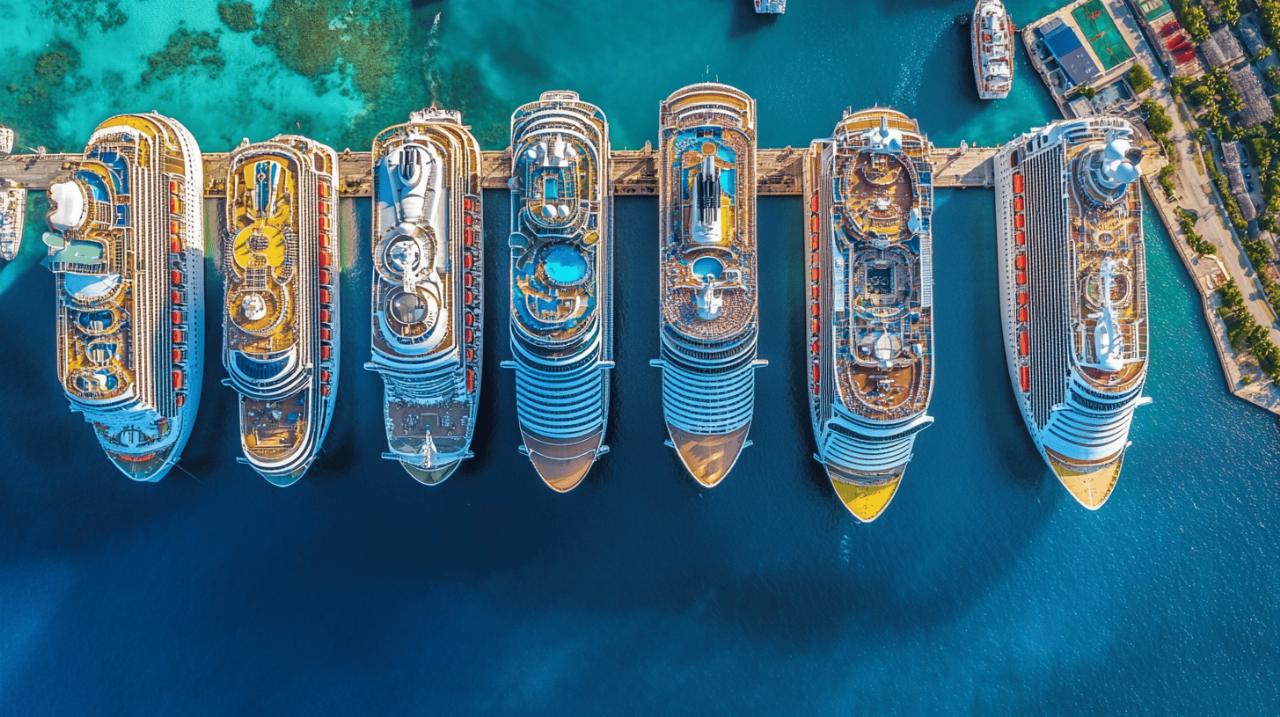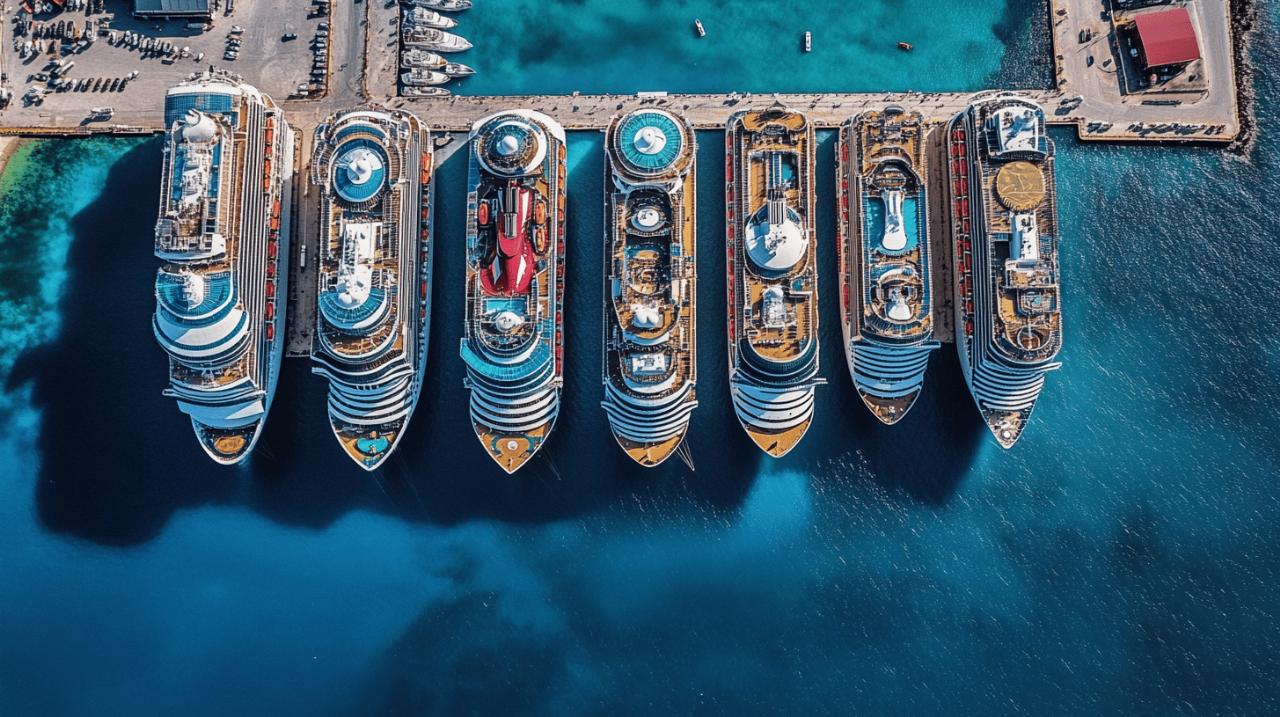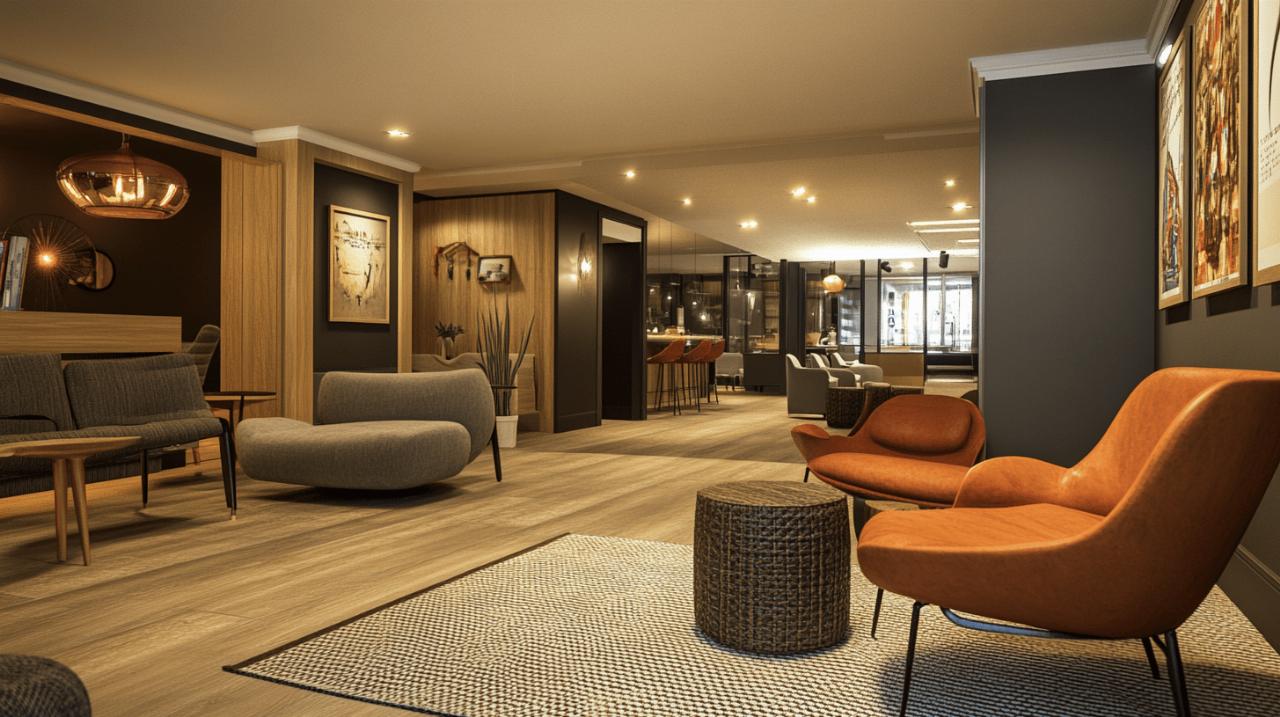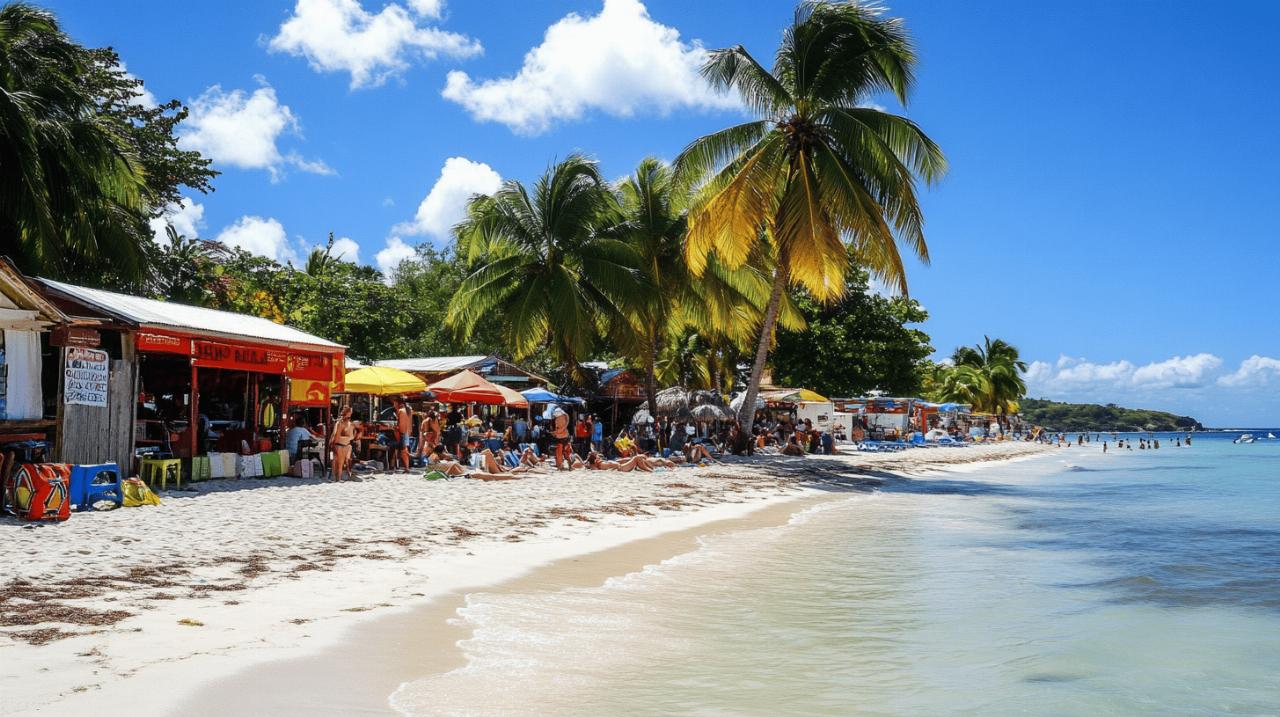For those dreaming of a maritime adventure aboard the most impressive vessels afloat, 2025 presents an extraordinary opportunity to experience the pinnacle of ocean travel. The world's largest cruise ships continue to push the boundaries of engineering and hospitality, offering not only breathtaking scale but also increasingly thoughtful provisions for passengers with disabilities. As these floating cities set sail across turquoise waters and historic ports, the question of accessibility becomes paramount for travellers who require specific accommodations. Understanding how these magnificent ships cater to diverse needs can transform a holiday from a logistical challenge into a seamless voyage of discovery.
The Giants of the Sea: 2025's Biggest Ocean Liners
The current landscape of cruise shipping is dominated by vessels that defy imagination, with Royal Caribbean leading the charge in terms of sheer magnitude and innovation. These behemoths represent decades of nautical advancement, combining cutting-edge technology with an unwavering commitment to passenger experience. The largest ships now accommodate thousands of travellers simultaneously, creating self-contained communities that rival small towns in both population and amenities. Each new launch seems to outdo the last, raising the bar for what passengers can expect when they embark on a modern cruise.
Icon-class vessels: redefining scale and onboard experience
At the apex of contemporary shipbuilding stands the Icon-class, which has redefined what it means to sail on the world's most expansive liners. These vessels incorporate groundbreaking design elements and sustainable technologies, including the use of liquefied gas propulsion systems that significantly reduce environmental impact. Passengers aboard these ships enjoy an astonishing array of entertainment options, dining venues, and recreational facilities that would be impossible to replicate on land. The sheer size of these Icon-class ships allows for dedicated zones catering to different interests, from tranquil adult-only retreats to vibrant family-friendly spaces brimming with activity. Accessibility has been woven into the fabric of these designs, with spacious corridors and thoughtfully positioned amenities ensuring that guests with mobility impairments can navigate the ship with confidence.
Wonder-Class and Europa-Class Ships: The Future of Cruising
Following closely behind are the Wonder-class and Europa-class vessels, which continue to impress with their blend of innovation and elegance. These ships showcase the future direction of the industry, incorporating advanced engineering solutions that were once the stuff of science fiction. The Wonder-class liners, in particular, have garnered praise for their attention to detail and commitment to providing an inclusive environment for all passengers. Meanwhile, Europa-class ships represent a European approach to luxury cruising, often built in the renowned shipyards of Saint-Nazaire, where French craftsmanship meets modern technology. Both classes prioritise passenger comfort and accessibility, ensuring that the cruise experience is enjoyable regardless of physical ability. The diversity of these ships means that travellers can select a vessel that aligns with their personal preferences and accessibility requirements.
Accessibility features aboard modern cruise ships
The evolution of cruise ship design has brought about significant improvements in disability accommodation, with major cruise lines now offering comprehensive solutions for passengers with varying needs. These advancements reflect a broader industry commitment to inclusive travel, ensuring that the magic of a sea voyage is available to everyone. From the moment passengers step aboard, they encounter a range of features designed to remove barriers and enhance independence. This focus on accessibility is not merely a regulatory compliance measure but a genuine effort to create memorable experiences for all guests.
Wheelchair-friendly cabins and suite adaptations
Accessible staterooms have become a standard offering across the largest cruise lines, with ships like Carnival Horizon providing as many as sixty-five specially designed cabins. These accessible cabins feature wider doorways, roll-in showers, and wet room bathrooms that eliminate the need to navigate raised thresholds. Many vessels also include accessible balconies, allowing guests to enjoy panoramic ocean views without obstruction. Holland America Line, for instance, offers accessible staterooms with varying levels of adaptation, including full accessibility, single side approach, and ambulatory options to suit different mobility requirements. Princess Cruises has been at the forefront of accessibility since launching its dedicated programme in 1992, and now offers thirty-eight accessible staterooms aboard the Regal Princess. Royal Caribbean provides accessible rooms ranging from one hundred and fifty-nine to two hundred and ninety-eight square feet, ensuring that guests have adequate space to manoeuvre comfortably. The attention to detail extends to fixtures and fittings, with lowered light switches, accessible wardrobes, and emergency call buttons positioned within easy reach.
Onboard Services and Assistance for Disabled Passengers
Beyond physical accommodations, cruise lines have invested heavily in accessibility services that address a spectrum of needs. Norwegian Cruise Line employs dedicated Accessibility Coordinators who work closely with passengers to ensure that all requirements are met throughout the voyage. Wheelchair assistance is readily available, and pool lifts on selected ships enable guests with mobility impairments to enjoy aquatic facilities safely. For passengers with visual impairments, many vessels feature braille signage and tactile signage throughout public areas, whilst hearing loops and infra-red hearing support systems are installed in theatres and entertainment venues aboard P&O Cruises ships. Disney Cruise Line offers twenty-five accessible rooms on the Disney Fantasy, along with sensory activities designed for children with autism and other developmental differences. Royal Caribbean has introduced autism-friendly options including sensory films, priority boarding, and specialised dietary options to accommodate guests on the autism spectrum. Celebrity Cruises provides thirty accessible staterooms on the Celebrity Reflection, complemented by a suite of accessibility services that ensure a seamless experience. Carnival Cruise Line has trained its crew to assist passengers with disabilities, offering accessible routes throughout the ship and designated accessible tables in dining areas. The provision of powered mobility devices is generally permitted, though P&O Cruises requires passengers to book a fully accessible stateroom if such equipment is needed. These comprehensive measures demonstrate that modern cruise lines are committed to creating an environment where all passengers can participate fully in the onboard experience.
Destinations and itineraries: where these ships will take you
 The allure of cruise travel extends beyond the ship itself to the exotic and culturally rich destinations that await at each port of call. The world's largest cruise ships traverse the globe, offering itineraries that span continents and climates. Whether one dreams of basking in the Caribbean sunshine or exploring the ancient ports of the Mediterranean, these vessels provide access to some of the planet's most captivating locations. The scale of these ships allows them to offer extended voyages with multiple stops, creating opportunities for immersive cultural experiences.
The allure of cruise travel extends beyond the ship itself to the exotic and culturally rich destinations that await at each port of call. The world's largest cruise ships traverse the globe, offering itineraries that span continents and climates. Whether one dreams of basking in the Caribbean sunshine or exploring the ancient ports of the Mediterranean, these vessels provide access to some of the planet's most captivating locations. The scale of these ships allows them to offer extended voyages with multiple stops, creating opportunities for immersive cultural experiences.
Caribbean and Mediterranean Cruises: Popular Routes for 2025
The Caribbean remains one of the most sought-after cruise destinations, with its turquoise waters, white sand beaches, and vibrant island cultures drawing millions of passengers each year. Ships from Royal Caribbean, Norwegian Cruise Line, and Carnival Cruise Line regularly ply these routes, stopping at ports such as Cozumel, Grand Cayman, and St. Thomas. The Mediterranean offers an entirely different flavour, with itineraries that include historic cities like Barcelona, Rome, and Athens. MSC Cruises and Celebrity Cruises are particularly active in this region, offering passengers the chance to explore millennia of history whilst enjoying the comfort of their floating hotel. P&O Cruises and Cunard Line provide a distinctly British take on Mediterranean voyages, combining refined service with carefully curated shore excursions. The variety of destinations ensures that whether passengers are seeking adventure, relaxation, or cultural enrichment, they will find an itinerary that suits their interests.
Accessible shore excursions and port facilities
Whilst the ships themselves may offer excellent accessibility, the true test comes when passengers disembark to explore destinations. Many cruise lines now offer accessible excursions designed specifically for guests with mobility impairments, ensuring that everyone can experience the highlights of each port. Royal Caribbean, for example, provides shore excursions that accommodate wheelchair users, with modified transport and accessible tour routes. However, it is important to note that tender ports, where passengers must transfer to smaller boats to reach shore, can present challenges for those with disabilities. Some vessels are equipped with accessible tender boats, but availability varies, and advance planning is essential. Port facilities themselves are gradually improving, with many popular destinations investing in accessible infrastructure to accommodate the growing number of cruise passengers. Holland America Line and Princess Cruises work closely with local operators to ensure that excursions are as inclusive as possible, though guests are advised to communicate their specific needs well in advance. The key to a successful accessible cruise often lies in thorough research and open communication with the cruise line's accessibility team.
Booking your cruise: what disabled passengers need to know
Planning an accessible cruise requires careful consideration of numerous factors, from selecting the right vessel to ensuring that all necessary accommodations are in place. The booking process is the foundation of a successful voyage, and taking the time to address accessibility needs upfront can prevent complications later. Many cruise lines have dedicated accessibility departments that can provide detailed information and assist with the reservation process, ensuring that all requirements are documented and met.
Choosing the Right Cruise Line and Vessel for Your Needs
With numerous cruise lines offering accessible options, selecting the most appropriate one can feel overwhelming. Royal Caribbean operates twenty-eight ships and is renowned for its comprehensive accessibility features, including autism-friendly options and extensive accessible staterooms. Norwegian Cruise Line, with nineteen vessels, offers accessibility coordinators and a wide range of services for passengers with developmental, hearing, and visual impairments. Holland America Line provides eleven ships with accessible staterooms in various configurations, catering to different levels of mobility. P&O Cruises operates seven ships and is particularly strong in providing facilities for passengers with hearing impairments, including hearing loops and dedicated seating in theatres. Carnival Cruise Line's fleet of twenty-four ships includes vessels with up to sixty-five accessible staterooms and pool lifts on selected ships. For those seeking a luxury experience, Cunard Line and Seabourn Cruise Line offer accessible options aboard smaller, more intimate vessels such as the Queen Mary 2 and Seabourn Odyssey. Disney Cruise Line is an excellent choice for families travelling with children who have disabilities, offering sensory inclusive activities and specialised support. The key is to match the cruise line's strengths with your specific needs, taking into account factors such as the level of accessibility required, the type of experience desired, and the destinations you wish to explore.
Preparing for Your Journey: Tips and Recommendations
Once a cruise has been booked, thorough preparation is essential to ensure a smooth and enjoyable experience. Begin by communicating your accessibility requirements to the cruise line as early as possible, providing detailed information about mobility devices, medical needs, and any assistance that will be required. Many cruise lines recommend booking accessible cabins well in advance, as availability can be limited, particularly during peak travel periods. If you plan to bring a powered mobility device such as a scooter, confirm that your cabin can accommodate it and inquire about charging facilities and storage. Review the ship's layout and familiarise yourself with the location of accessible facilities, including lifts, dining venues, and entertainment areas. It is also wise to research the accessibility of planned shore excursions and port facilities, contacting the cruise line's accessibility team if clarification is needed. Pack any necessary medical equipment, including spare batteries for mobility devices, and ensure that you have sufficient medication for the duration of the voyage. Consider travel insurance that covers your specific needs, including medical emergencies and trip disruptions. Finally, maintain open communication with the onboard crew, who are trained to assist passengers with disabilities and can often provide solutions to unforeseen challenges. By taking these steps, disabled passengers can embark on their cruise with confidence, ready to enjoy all the wonders that await on the high seas.





